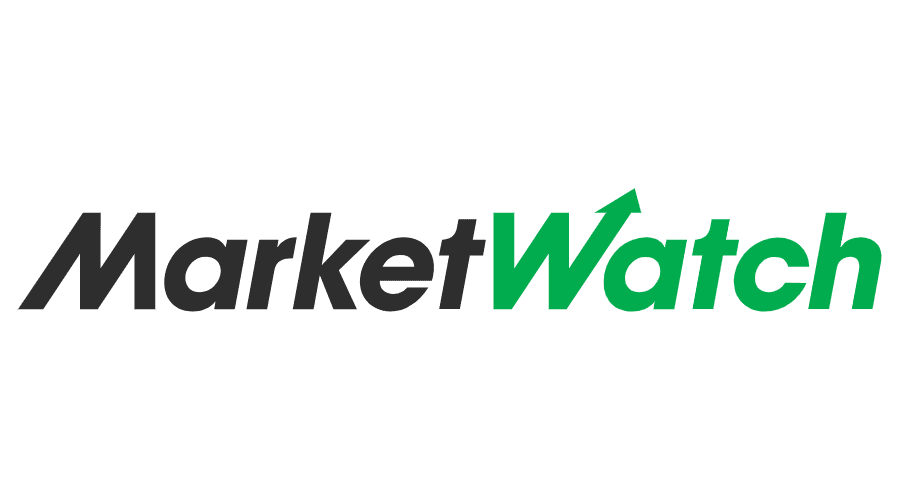1 TZ Insurance Solutions LLC analysis of the 2024 Landscape Source Files provided by the Centers for Medicare & Medicaid Services (CMS).
Enrollment
What Is the Average Cost of Medicare Part D Plans in Each State?
Medicare Part D provides coverage for prescription medications. The average Part D plan premium in 2024 is $59.23 per month.1
Because Original Medicare (Part A and Part B) does not cover retail prescription drugs in most cases, millions of Medicare beneficiaries turn to Medicare Part D or Medicare Advantage prescription drug (MA-PD) plans to get help paying for their drugs.
In this guide, we list the average costs of Medicare Part D plans by state so that you can see how your state averages compare.
We also detail Part D plan costs so that you can better understand your Medicare prescription drug coverage options.
You can compare Part D plans available where you live when your visit MyRxPlans.com.
How much does Medicare Part D cost?
As mentioned above, the average premium for Medicare Part D plans in 2024 is $59.23 per month.
The average Part D plan deductible in 2024 is $505 per year.1
The table below shows the average premiums and deductibles for Medicare Part D plans in 2024 for each state.
| State | Average Premium | Average Deductible |
|---|---|---|
| Alabama | $63.07 | $388.08 |
| Alaska | $54.54 | $398.89 |
| Arizona | $57.81 | $379.95 |
| Arkansas | $51.79 | $379.71 |
| California | $81.38 | $368.22 |
| Colorado | $67.87 | $384.71 |
| Connecticut | $65.85 | $386.86 |
| Delaware | $55.44 | $388.37 |
| District of Columbia | $55.44 | $388.37 |
| Florida | $69.98 | $377.33 |
| Georgia | $66.77 | $391.62 |
| Hawaii | $57.59 | $398.89 |
| Idaho | $55.71 | $394.95 |
| Illinois | $53.10 | $418.82 |
| Indiana | $56.73 | $377.33 |
| Iowa | $53.77 | $394.05 |
| Kansas | $54.32 | $386.86 |
| Kentucky | $56.73 | $377.33 |
| Louisiana | $54.59 | $398.89 |
| Maine | $61.49 | $391.62 |
| Maryland | $55.44 | $388.37 |
| Massachusetts | $65.85 | $386.86 |
| Michigan | $51.37 | $377.33 |
| Minnesota | $53.77 | $394.05 |
| Mississippi | $57.37 | $404.16 |
| Missouri | $60.42 | $377.33 |
| Montana | $53.77 | $394.05 |
| Nebraska | $53.77 | $394.05 |
| Nevada | $61.54 | $386.86 |
| New Hampshire | $61.49 | $391.62 |
| New Jersey | $63.18 | $386.86 |
| New Mexico | $53.80 | $427.91 |
| New York | $74.25 | $359.67 |
| North Carolina | $61.69 | $377.33 |
| North Dakota | $53.77 | $394.05 |
| Ohio | $59.03 | $401.14 |
| Oklahoma | $55.03 | $418.82 |
| Oregon | $58.16 | $386.62 |
| Pennsylvania | $62.80 | $382.10 |
| Rhode Island | $65.85 | $386.86 |
| South Carolina | $66.57 | $391.09 |
| South Dakota | $53.77 | $394.05 |
| Tennessee | $63.07 | $388.08 |
| Texas | $56.60 | $409.73 |
| Utah | $55.71 | $394.95 |
| Vermont | $65.85 | $386.86 |
| Virginia | $53.64 | $391.62 |
| Washington | $58.16 | $386.62 |
| West Virginia | $62.80 | $382.10 |
| Wisconsin | $55.60 | $386.86 |
| Wyoming | $53.77 | $394.05 |
Learn More About Medicare
Join our email series to receive your free Medicare guide and the latest information about Medicare and Medicare Advantage.
By clicking "Sign me up!” you are agreeing to receive emails from MedicareAdvantage.com.
What affects Medicare Part D costs each year?
Several factors can play into determining the cost of a Medicare Part D plan, such as:
- Drug formulary
Each Medicare Part D plan contains a formulary, which is a list of drugs covered by the plan.
Covered drugs are divided up into different tiers. Generic drugs are typically on lower tiers and cost less, while brand name drugs and specialty drugs are typically on higher tiers and cost more. - Local competition
Medicare Part D plans are sold by private insurance companies. These insurance companies are generally free to set their own premiums for the plans they sell.
Medicare Part D plan costs in any particular area may depend partly on the cost of other plans being sold in the same area by competing carriers. - Cost-sharing
Some Medicare Part D plans have deductibles and copayments or coinsurance.
The cost of your Part D premium may depend on the amounts of coinsurance or copayments you pay with your plan, as well as whether or not your plan has a deductible.
Your Part D deductible is the amount that you must spend out of your own pocket for covered drugs in a calendar year before the plan kicks in and begins providing coverage.
Copayments and coinsurance are the amounts that you must pay once your plan’s coverage does begin.
A copayment is usually a fixed dollar amount (such as $5) while coinsurance is most often a percentage of the cost (such as 20 percent). Plans might have different copayment or coinsurance amounts for each tier of drugs.
The Medicare Part D “donut hole” coverage gap
After 2020, Medicare Part D plans have a shrunken coverage gap, or “donut hole,” which represents a temporary limit on what the plan will cover for prescription drugs.
You enter the Part D donut hole once you and your plan have spent a combined $5,030 on covered drugs in 2024.
Once you reach the coverage gap, you will pay up to 25 percent of the cost of covered brand name and generic drugs until you reach total out-of-pocket spending of $8,000 for the year in 2024.
Once you reach $8,000 in out-of-pocket spending, you are out of the donut hole and enter “catastrophic coverage,” where you won't pay a copayment or coinsurance payment for your covered drugs for the rest of the year.
Extra Help for Medicare Part D
Extra Help is a governmental assistance program that helps lower income individuals more easily afford Medicare Part D. Extra Help helps pay for Part D premiums, deductibles and copayments/coinsurance.
Learn more about Medicare Part D Extra Help, including how to qualify, where Extra Help is offered and how to find other assistance programs designed to help cover Part D prescription drug costs.
Medicare Advantage plans offer prescription drug coverage
Medicare Advantage plans are an alternative to Original Medicare (Part A and Part B).
Medicare Advantage plans (also called Medicare Part C) provide all of the same coverage as Medicare Part A and Part B and can include some benefits that Original Medicare doesn’t cover, such as prescription drug coverage.
Learn more about your Medicare Advantage prescription drug coverage options
The cost of a Medicare Part D plan may vary from one insurance company to the next and from one location to another.
One way to learn about your Medicare prescription drug coverage options is to speak with a licensed insurance agent. You can compare Medicare Advantage plan costs in your area and find a plan that covers the prescription drugs you need.
We represent carriers such as Humana, UnitedHealthcare®, Anthem Blue Cross and Blue Shield, Aetna, Cigna Healthcare, Wellcare, or Kaiser Permanente.

About the author
Christian Worstell is a senior Medicare and health insurance writer with MedicareAdvantage.com. He is also a licensed health insurance agent. Christian is well-known in the insurance industry for the thousands of educational articles he’s written, helping Americans better understand their health insurance and Medicare coverage.
Christian’s work as a Medicare expert has appeared in several top-tier and trade news outlets including Forbes, MarketWatch, WebMD and Yahoo! Finance.
Christian has written hundreds of articles for MedicareAvantage.com that teach Medicare beneficiaries the best practices for navigating Medicare. His articles are read by thousands of older Americans each month. By better understanding their health care coverage, readers may hopefully learn how to limit their out-of-pocket Medicare spending and access quality medical care.
Christian’s passion for his role stems from his desire to make a difference in the senior community. He strongly believes that the more beneficiaries know about their Medicare coverage, the better their overall health and wellness is as a result.
A current resident of Raleigh, Christian is a graduate of Shippensburg University with a bachelor’s degree in journalism.
If you’re a member of the media looking to connect with Christian, please don’t hesitate to email our public relations team at Mike@tzhealthmedia.com.








